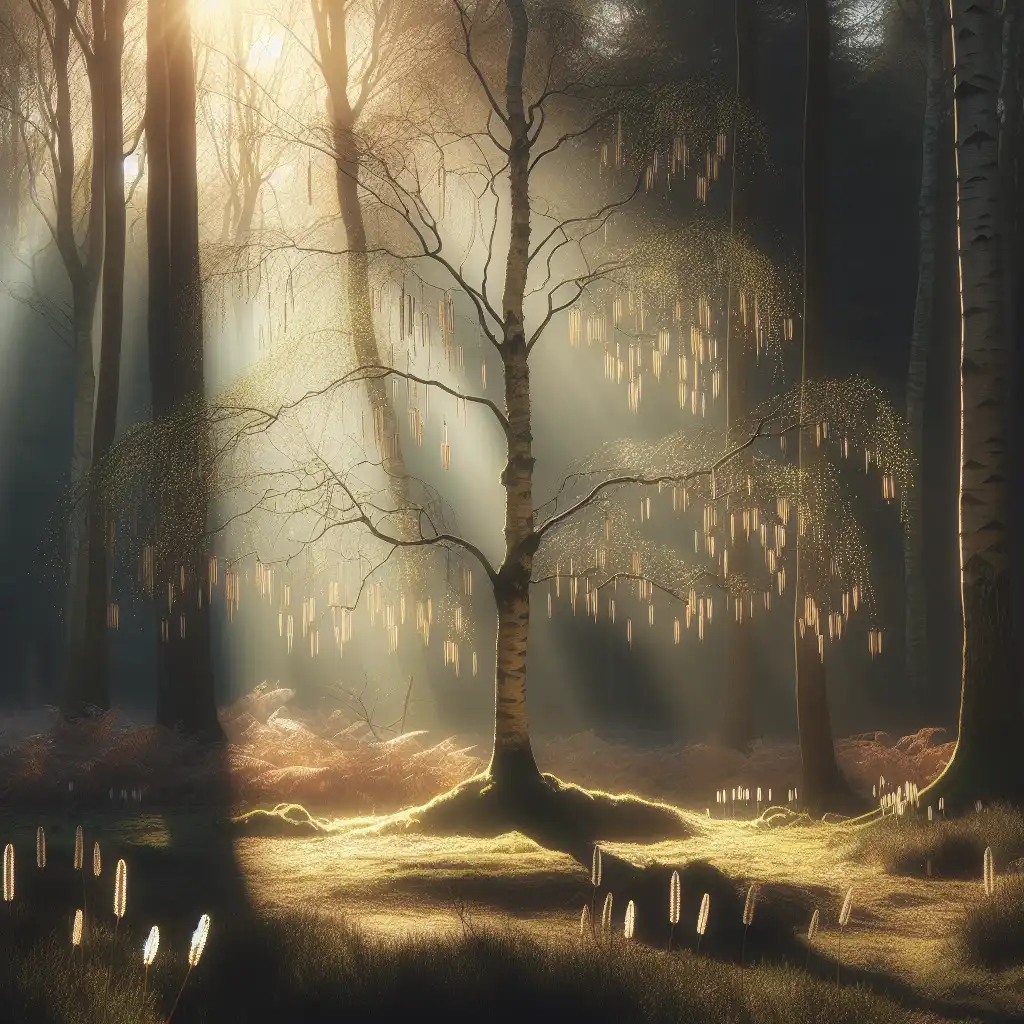
Catkin
Botanical Term
Catkin is used in a botanical context to describe a specific type of flower structure.  The botany lecture mentioned that alders produce both male and female catkins.
The botany lecture mentioned that alders produce both male and female catkins.
Seasonal Appearance
Catkins typically appear in early spring and can be indicators that the season is changing.  When the catkins bloom on the hazel, you know spring is approaching.
When the catkins bloom on the hazel, you know spring is approaching.
Visual Identification
Identify catkins by their unique shape - they hang like slim, soft cylinders from branches.  I could tell it was a birch tree because of the catkins hanging from its twigs.
I could tell it was a birch tree because of the catkins hanging from its twigs.